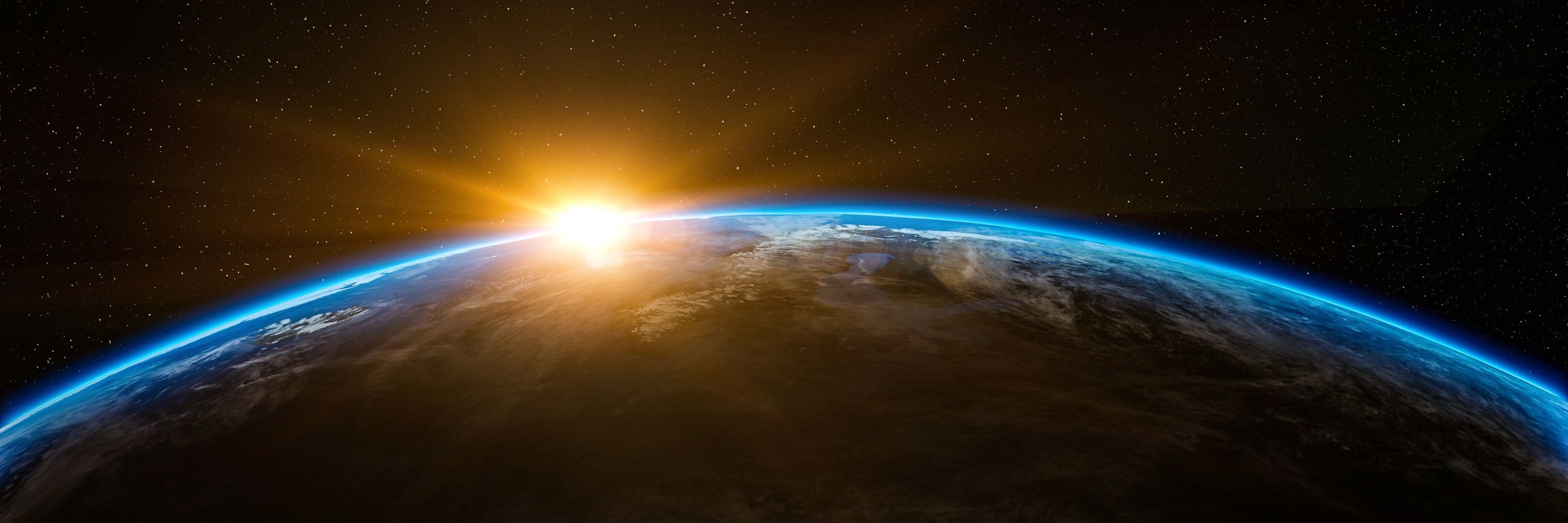
Several researchers at NBI and DAWN are involved in this project, including Johan Fynbo and affiliated assoc. prof. Jens-Kristian Krogager who lead a study on quasars.
Several researchers at NBI and DAWN are involved in this project, including Johan Fynbo and affiliated assoc. prof. Jens-Kristian Krogager who lead a study on quasars.
More info and abstract submission (𝗱𝗲𝗮𝗱𝗹𝗶𝗻𝗲 𝟯𝟭 𝗢𝗰𝘁𝗼𝗯𝗲𝗿) in the link above 👆
More info and abstract submission (𝗱𝗲𝗮𝗱𝗹𝗶𝗻𝗲 𝟯𝟭 𝗢𝗰𝘁𝗼𝗯𝗲𝗿) in the link above 👆
🌀 Galaxy formation at cosmic dawn,
🌀 Reionization,
🌀 Origin of massive galaxies and AGN,
🌀 Dust and chemical enrichment, and
🌀 Galaxy morphology and dynamics
in the era of JWST, ALMA, and Euclid.
🌀 Galaxy formation at cosmic dawn,
🌀 Reionization,
🌀 Origin of massive galaxies and AGN,
🌀 Dust and chemical enrichment, and
🌀 Galaxy morphology and dynamics
in the era of JWST, ALMA, and Euclid.
🌀 new deep spectroscopy of 10 key targets,
🌀 weak Hα+absorption features
🌀 2 AGNs out of 10 key targets
🌀 new Dn4000/UVJ insights
This is just the start — deep dives into stellar ages, dynamics, & more coming soon.
A public data release is also planned.
🌀 new deep spectroscopy of 10 key targets,
🌀 weak Hα+absorption features
🌀 2 AGNs out of 10 key targets
🌀 new Dn4000/UVJ insights
This is just the start — deep dives into stellar ages, dynamics, & more coming soon.
A public data release is also planned.
However, as accretion of gas and dark matter begins to slow down after some 1.5–2 billion years, halo growth stagnates while accumulated gas reservoirs keep star formation going.
However, as accretion of gas and dark matter begins to slow down after some 1.5–2 billion years, halo growth stagnates while accumulated gas reservoirs keep star formation going.

